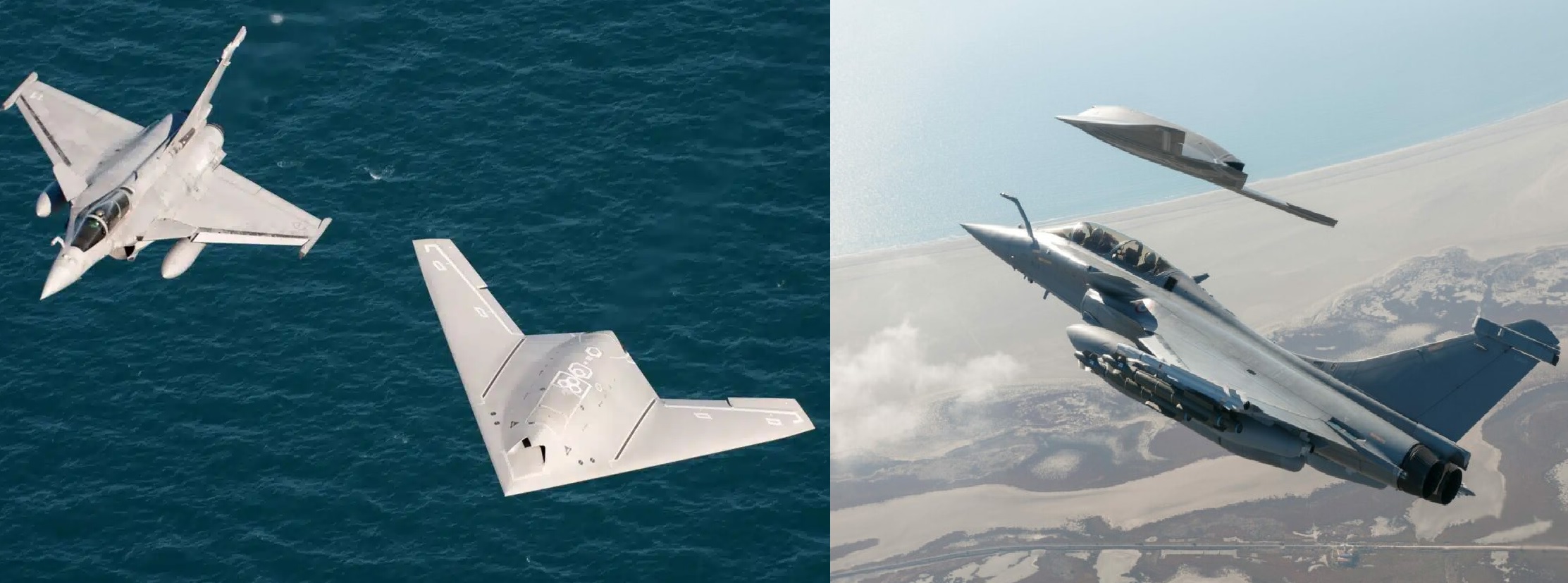Why Russia’s Unused AL-177S May Be the Perfect Engine for India’s Super Sukhoi Upgrade

When Indian engineers began drafting the Super Sukhoi upgrade blueprint for the Su-30MKI, they expected the engine debate to be simple. Russia’s AL-41F1S, already powering the Su-35 and the Su-30SM2, was the natural choice: proven, available, and familiar.
But somewhere inside Russia’s engine archives sat a different machine—one that the Russian Air Force never adopted, one that never made it past the prototype stage, and one that was quietly offered to only one country: India.
That engine is the AL-177S, a fifth-generation derivative built from the same technological DNA as the Su-57’s Izdeliye 30 (AL-51). For years, it remained a footnote, an engine intended for export but starved of Russian funding. Now, as India searches for a truly transformational powerplant for its largest fighter fleet, the AL-177S is suddenly back in the conversation.
A Fifth-Gen Heart Built for a Fourth-Gen Airframe
The AL-177S was designed with a very specific purpose in mind:
to give older Flanker-family fighters a fifth-generation engine without a fifth-generation airframe.
It matches the AL-31’s inlet diameter, length and weight almost exactly—meaning it can slide into a Su-30MKI without needing to rebuild the aircraft. Yet everything inside it is different.
Its dry thrust climbs to 88–90 kN, and with afterburner it punches up to 142 kN, nearly 16% more than the original AL-31F. Engineers who worked on the testbeds quietly noted that the engine could push a Flanker into short bursts of supercruise, something the aircraft was never designed for.
Then came the numbers that caught New Delhi’s attention:
-
Service life: 6,000 hours (three times the AL-31, and far above the AL-41’s ~4,000 hours)
-
Fuel burn improvements across the board— 3% in cruise, 6% in max power, 15% in boosted modes
For a heavy fighter like the Su-30MKI, this is transformational. Less fuel burned means longer patrol time over the Indian Ocean, more comfortable operations in the Himalayas, and lower lifetime costs for a fleet that India plans to fly well into the 2040s.
Why Russia Never Used the AL-177S
At first, it may seem odd that Russia developed a fifth-generation engine but never used it. The reason wasn’t performance—it was money and priorities.
Russia was fully focused on the Su-57 stealth fighter and its new AL-51 engine. Almost all funding went there. Moscow didn’t want to split its budget between two advanced engines.
Because of this, the AL-177S ended up as what one Russian engineer called “a fifth-gen engine waiting for someone to buy it.”
That “someone” was meant to be India.
Russia’s idea was simple:
India would help pay for final testing and certification, become the main customer, and allow Russia to produce the engine in larger numbers for export.
For its own Su-30SM upgrades, Russia picked the easier option—the AL-41F1S. It was already in mass production, already tested, and cheaper to adopt.
So the AL-177S wasn’t cancelled for technical reasons.
It just never received the funding to enter service.
India’s Dilemma: The Safe Choice vs. the Leap Forward
For India, the AL-41F1S remains the safe option. It doubles the Su-30’s service life, offers more thrust than the AL-31, and requires the least engineering work. It can be delivered quickly, installed quickly, and operated without risk.
But the AL-177S tells a different story.
It isn’t an upgrade
it’s a generational shift.
Compare the two:
AL-41F1S (117S)
- Dry thrust: ~8,900 kgf
- Afterburner: ~14,500 kgf
- Service life: ~4,000 hours
AL-177S (5th Gen)
- Dry thrust: ~9,500–9,800 kgf
- Afterburner: ~15,000+ kgf
- Service life: ~6,000 hours
The 177S inherits the metallurgy and digital control systems Russia had designed for its future stealth fighters. It breathes more efficiently, runs cooler, accelerates faster and drinks less fuel.
If installed on India’s Su-30MKI, the aircraft would take on a new identity—
a heavy fighter with fifth-generation endurance and near-fifth-gen thrust, capable of carrying heavier loads deeper into contested airspace.
A New Role for the Super Sukhoi
India plans to modernize the Su-30MKI with the Uttam AESA radar, an advanced electronic warfare suite, new mission computers, and a new generation of weapons including Astra Mk3, the Rudram series, and BrahMos-NG. With the AL-41 engine, the aircraft becomes competitive again and returns to the level of a strong 4.5-generation fighter.
But with the AL-177S, the Su-30MKI becomes something far more powerful—an Indo-Pacific heavyweight capable of challenging China’s J-16 in altitude performance, acceleration, and combat range. The aircraft gains deeper reach into the Indian Ocean, stronger performance over the Himalayas, and far better fuel economy during long patrol missions. Its higher thrust allows it to carry heavier stand-off weapons, and its longer service life brings down long-term operating costs. In this configuration, the Su-30MKI begins to move into a space between a 4.5-generation fighter and a true fifth-generation platform.
The Strategic Question: Will India Fund the Engine Russia Didn’t?
The AL-177S can only become a real, operational engine if India decides to fund its development. That decision carries major strategic weight. If New Delhi commits, the country gains a stake in a fifth-generation engine line, shared intellectual property, a role in future production, and stronger export leverage. It also gains independence from the AL-31 and AL-41 supply chains. This would be another BrahMos-style partnership with long-lasting global implications.
If India chooses not to proceed, the AL-177S may simply disappear back into Russian archives, becoming another advanced project that never reached its full potential.
A Choice Between the Present and the Future
The AL-41F1S is the engine India can adopt today.
The AL-177S is the engine that would define India’s Su-30 fleet for the next 20 years.
Russia built the AL-177S for a customer that could take it farther than Russia ever would. Today, India is that customer. And as the Super Sukhoi program enters its decisive phase, New Delhi stands at a rare crossroads:
Upgrade the Su-30MKI to modern standards or transform it into a platform far beyond anything Russia ever imagined. In the shadows of engine test cells in Moscow, the AL-177S still waits for a fighter to call home. India may be the only nation capable of giving it one.
✍️ This article is written by the team of The Defense News.





